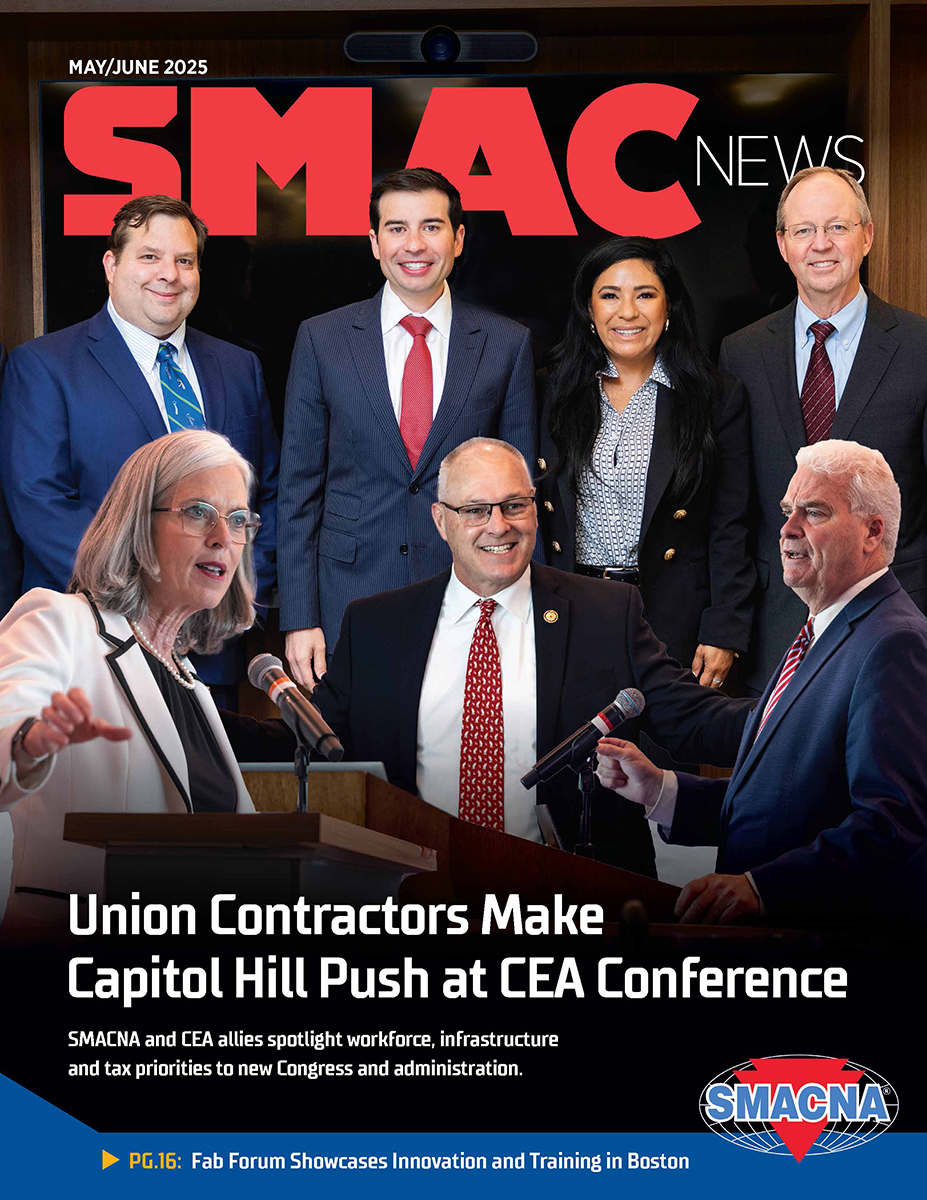Financial Resilience: Strengthen Your Scenario Planning in 2025
Halfway through 2025, and from where we all stand, contractors’ continued challenges may seem unpredictable. Material costs have fluctuated due to regulatory changes and supply chain disruptions.
 Labor challenges persist with a shrinking pool and an outright shortage of talent. Contractors dependent on critical materials like steel and aluminum, and the corresponding need for capable labor, may wonder how they can better prepare for the future.
Labor challenges persist with a shrinking pool and an outright shortage of talent. Contractors dependent on critical materials like steel and aluminum, and the corresponding need for capable labor, may wonder how they can better prepare for the future.
When external factors shift rapidly, traditional forecasting often struggles to keep up with reality. Predicting tomorrow's material costs, labor availability or regulatory changes can be challenging and sometimes even daunting. Scenario planning offers a structured approach to tackle uncertainty, allowing contractors to prepare accordingly, based on how the future unfolds. To navigate the unexpected and strengthen your financial footing, consider these five strategies to strengthen your scenario planning in 2025 and beyond:
- Develop Multiple Cost and Supply Chain Scenarios
Effective scenario planning begins with identifying distinct possibilities that your company may face. For example, consider a baseline scenario where current conditions remain constant; an escalation scenario involving tariffs or regulatory changes that result in sudden material cost increases; and a disruption scenario, such as a considerable breakdown in the supply chain, a labor shortage or a significant event affecting project financing or material availability. By outlining these possibilities, you can develop more tailored contingency plans and be ready to react. - Monitor Early Warning Signals for Each Scenario
To act before challenges escalate, actively monitor signals that suggest a shift, such as:
- Prolonged lead times for key materials.
- Price fluctuations in commodity markets.
- Announcements of new tariffs or trade policies impacting material imports.
- Suppliers shortening pricing guarantees.
- Subcontractors submitting higher bids or delaying commitments.
- Project owners pausing approvals or rushing
- contracts.
- Regularly monitor these indicators and establish thresholds to trigger contingency plans.
- Use Technology to Strengthen Your Planning
You can leverage construction tech, such as project management platforms, forecasting tools and real-time dashboards, to build more intelligent scenarios and respond faster. These tools help you track material pricing, lead times and labor availability across projects, making it easier to spot trends and simulate “what-if” scenarios. - Adapt Contracts and Pricing Models for Flexibility
Refine your contracting approach to navigate volatility and incorporate flexibility that mitigates risks. Key adjustments to contracts and agreements could include:
- Price escalation clauses associated with volatile materials such as cement or copper wiring, to share cost risks with owners.
- Force majeure clauses covering disruptions to protect against unforeseen events.
- Streamlined change order processes with pre-agreed timelines to expedite approvals.
- Flow-down clauses in subcontractor agreements to align terms and distribute risks consistently.
- Robust pre-qualification for suppliers and subcontractors to prioritize partners with reliable delivery records.
- Strengthen Cash Flow with Scenario-Based Planning
To strengthen cash flow resilience, develop customized cash flow strategies for specific scenarios and potential challenges, such as delayed payments or rising costs.
Moving Forward
As the construction industry navigates 2025's complex challenges, the companies that thrive won't be those that predicted the future correctly, but those that plan for and are prepared for multiple possibilities.
For more information, contact Ronald J. Eagar, CPA, CCIFP Partner at Grassi, at reagar@grassiadvisors.com, through www.grassiadvisors.com or 516-336-2460.
Published: July 9, 2025
IN THIS ISSUE
A “Good Catch” for Safety
icon Mechanical’s proactive safety approach earns SMACNA’s 2024 Safety Innovation Award.
ARCHITECTURAL: Detroit Firm Rebuilds Historic Tower’s Copper Crown
CASS Sheet Metal battles wind, weather and tricky scaffolding to restore the iconic Detroit Towers.
CAPITOL HILL UPDATE: HVAC Tax Credits on the Chopping Block in House GOP Tax Plan
In May, House Republicans unveiled their much-anticipated tax package, and the news was not great for HVAC tax credits. The 389-page bill included the repeal of two major HVAC tax credits that address residential energy efficiency improvements.
Fab Forum Showcases Innovation and Training in Boston
Sheet metal leaders gather for hands-on learning and facility tours.
Financial Resilience: Strengthen Your Scenario Planning in 2025
Halfway through 2025, and from where we all stand, contractors’ continued challenges may seem unpredictable. Material costs have fluctuated due to regulatory changes and supply chain disruptions.
HVAC: Modern Niagara Bets Big on Ottawa’s Hard Rock Casino Revamp
In a landmark project, Modern Niagara is spearheading the transformation of an aging casino in Ottawa into a cutting-edge Hard Rock Hotel & Casino.
INDUSTRIAL: How to Navigate Explosive Growth
Allied Mechanical balances industrial megaprojects with customer loyalty and long-term strategy.
Innovating, Educating and Connecting For a Stronger Future
During my travels, I emphasize to all our members: SMACNA is your association. SMACNA exists solely to promote the interests of our members and the union sheet metal/HVAC industry.
NLRB In Limbo Following the Unprecedented Removal of Member Gwynne Wilcox
In early 2025, President Trump removed Gwynne Wilcox, a Democratic appointee to the National Labor Relations Board (NLRB), despite the fact that her five-year term did not expire until 2028.
RESIDENTIAL: Flourishing in the Residential Market
Metro Air increases its residential customer base by focusing on customer service, continued employee education and cost control.
Safety First, Profits Follow
How prioritizing safety builds a more profitable and sustainable business.
Strengthening SMACNA: Engaged Members, Stronger Connections
Entering my fourth year as CEO, I have moments when I can reflect on what it means to be a part of SMACNA.
Union Contractors Make Capitol Hill Push at CEA Conference
SMACNA and CEA allies spotlight workforce, infrastructure and tax priorities to new Congress and administration
Welcome New SMACNA Members


